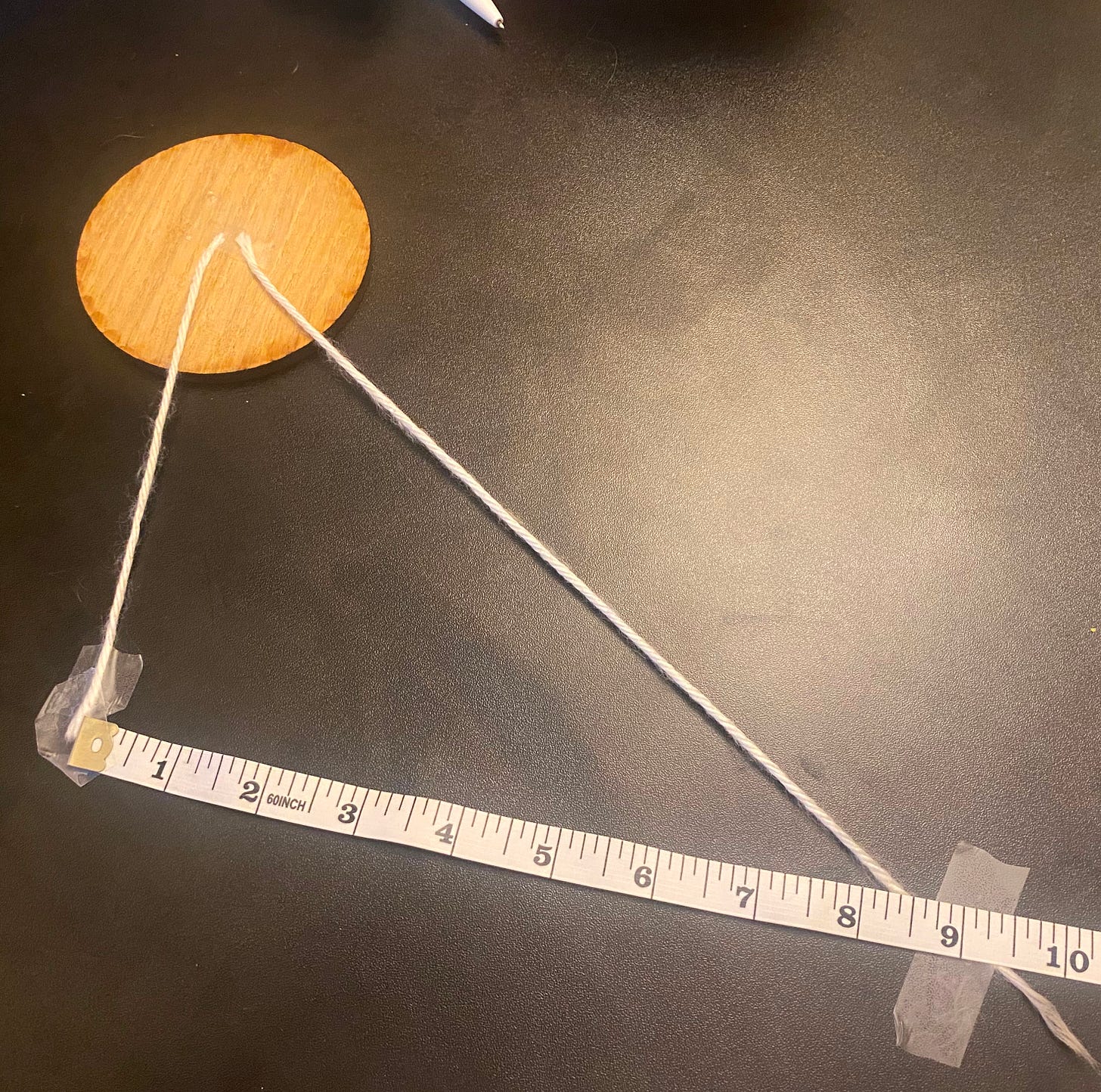Last month, I talked about street fighting mathematics, a concept that posits that most people don’t need to fully understand all the equations behind mathematical concepts, but instead they should focus on developing intuition about why the equations work the way they do. This month, I’d like to focus on a particularly hated high school subject - trigonometry.
Trig is the branch of math that focuses on the relationships between a triangle’s sides and angles. As you remember from nursery school, a triangle has 3 sides. As you remember from high school, a triangle has 180 degrees. Trigonometry says that there are a limited number of combinations of side lengths and angles that fulfill both of those requirements, and that they can be defined in terms of equations.
Figuring out those equations can be complicated, but getting the intuition behind them is easy. Get a ruler and two pieces of string, chopsticks, or anything else that is long and thin. Make a triangle, like so:
Note how much of the ruler you need to complete the triangle - in the picture above, it’s about 9 inches. Also note how large of an angle you used between the two pieces of string. In my picture, it’s the angle on top of the coaster. Now, increase the angle between the pieces and complete the triangle with the ruler again, like so:
Now I needed almost 13 inches to complete my triangle. If I tried to use the original 9 inches, I wouldn’t be able to connect the strings. You can try this with any combinations of string length - if you change the angle between the pieces of string, you also need to change the amount of the ruler you use. That’s it! That’s the entire intuition behind trigonometry. The equations you learned in high school are just quantifying it for different types of triangles. To learn more about how this is useful, consider my series on self-driving cars or my previous article on GPS.





